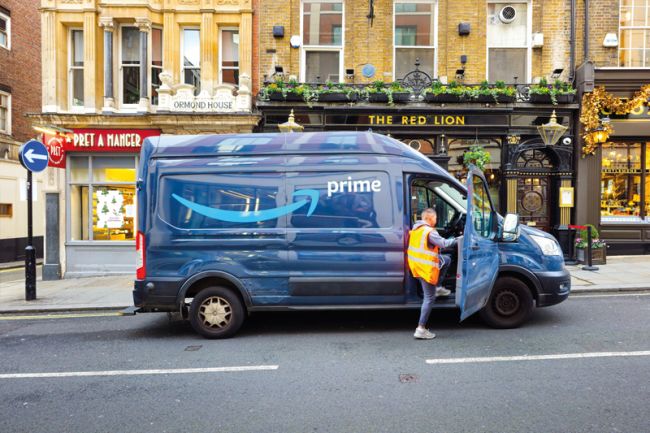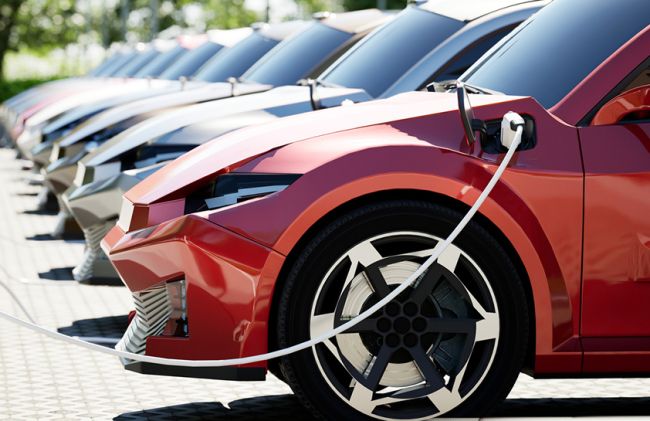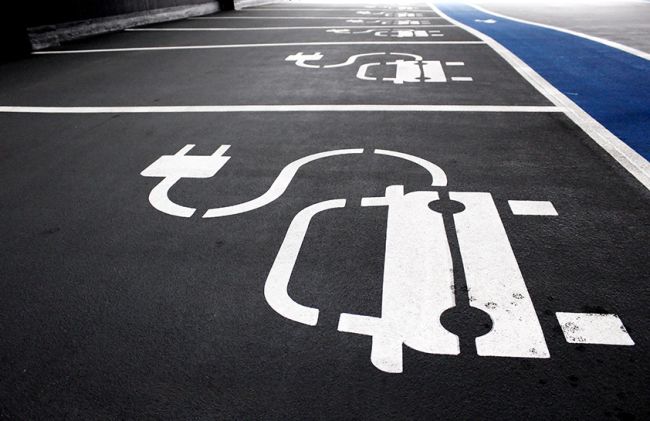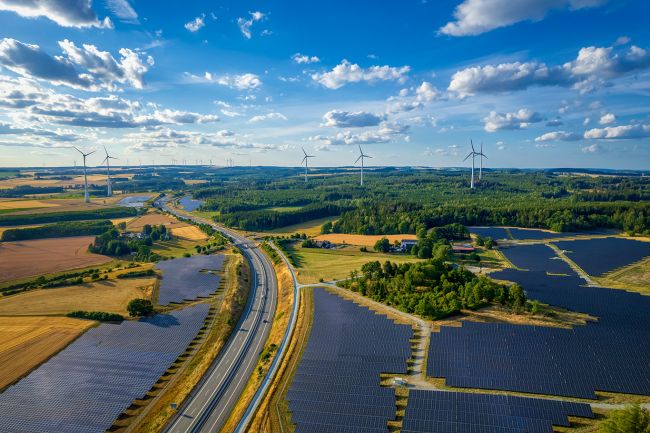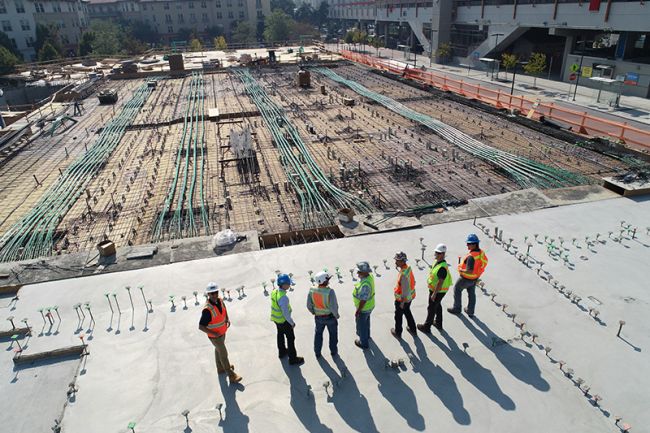True threat (or not) from new mobility
New mobility is influencing travel behavior, sparking planners and riders to ponder how these technologies will materialize in the future.
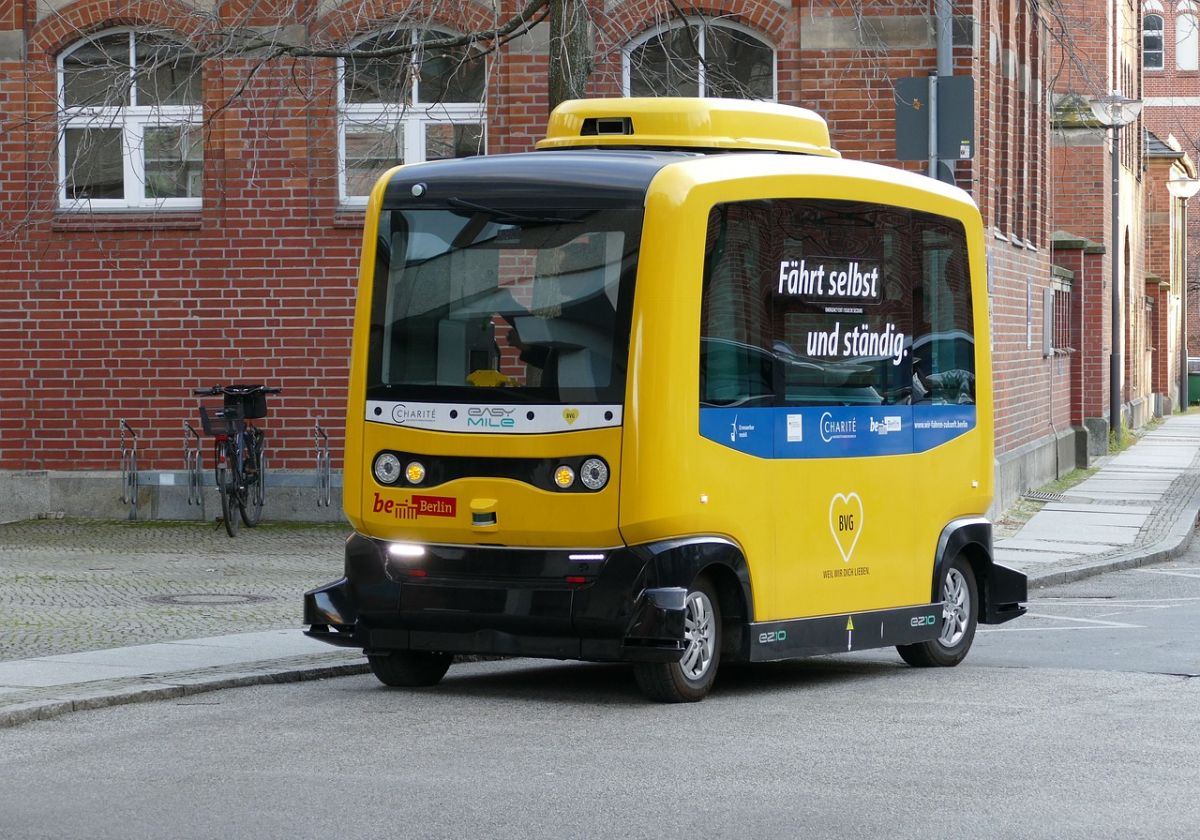
New mobility is influencing travel behavior, sparking planners and riders to ponder how these technologies will materialize in the future, and cities and agencies to think about how to embrace these new technologies. New mobility is wide ranging, covering everything from dockless bicycle providers to hyperloop. To narrow the topic, we have focused on the future of autonomous vehicles (AVs) and connected autonomous vehicles (CAVs), and their role alongside one of the most recent influential disruptors, Transportation Network Companies (TNCs).
When TNCs initially emerged, they offered an enhanced on-demand, point-to-point service for customers using driver-operated cars within the existing road network. This business model focused on three key elements: use technology to connect with customers, minimize journey times to attract demand, and provide variable pricing based on demand to optimize financial returns. Some TNCs have expanded their service line to pool customer trips within larger vehicles to and from common destinations. The benefits TNCs bring to the customer include ease of use, improved journey experience, and shorter journey times. Consequently, in some cities, there has been a reduction in passengers using traditional taxi and transit services. As a result, these TNC trips are effectively increasing single person car trips, contrary to most city and regional goals to reduce these. For example, some commuters may choose a TNC instead of transit, leading to increased congestion and emissions.
With the rapid development and push towards AVs and CAVs, it is inevitable that these new vehicles will be deployed in increasing numbers in the next decade. Before this transformation, there are key questions that need to be addressed: how are these technologies going to further disrupt the transportation system, what are the benefits, and how should they fit within the larger transportation network?
- Reducing vehicle trips and miles traveled: This shift to AVs and CAVs will likely be led by TNCs and could catalyze a shift from the current private car ownership model. It is also likely that existing vehicle manufacturers may align themselves with these service providers or begin providing these services directly to support the vehicle manufacturing business. These shared vehicles will provide more trips than the private vehicle, but are unlikely to reduce the number of vehicles on the road in a meaningful way if users increases their trips and more companies are encouraged to enter the market.
- Enhancing roadway safety: AVs and CAVs have automated systems that are able to react and stay focused on changing road conditions better than human-operated vehicles. Therefore, AVs and CAVs provide the opportunity to significantly reduce driver related collisions.
- Optimizing the road network: Widespread CAV deployment will increase connectivity by allowing vehicles to be more efficient within the road network. This could mean CAVs would avoid road work, incidents or events to find alternative routes and spread the demand across corridors. CAV technology may also allow vehicles to platoon to better optimize the distance between vehicles, providing the shortest safe stopping distance. The timeline to achieving these benefits will depend on the majority of vehicles in the future having the same technology. This ability to maximize network capacity is nothing new, and a warning from the past is when Scoot was used to optimize traffic in London, until a series of small incidents lead to gridlock in the city. Also, the opportunity to optimize our road network only exists where roads are not already at capacity.
The big question is will AVs and CAVs increase the number of cars on our roads and reduce the number of people in each vehicle? If CAVs are not able to significantly increase road capacity and the majority of vehicle end up having a single occupant, then their widespread use could increase congestion.
This raises the issue that many cities are now considering: will AVs and CAVs make best use of limited transportation corridors or would higher capacity transit make better use of the space and achieve a better outcome?
As the pace of change increases and we speed towards a different future with new mobility, we need to better understand where this might be the greatest benefit to our overall transportation network, such as rural connectivity, first and last mile transit access, and in particular mobility for an aging population. New mobility may need new regulations, and a greater focus on changing people's behavior away from single occupancy trips. We could well be moving from the private car to mobility as a service with no net benefit, and in the process wasting an opportunity.





